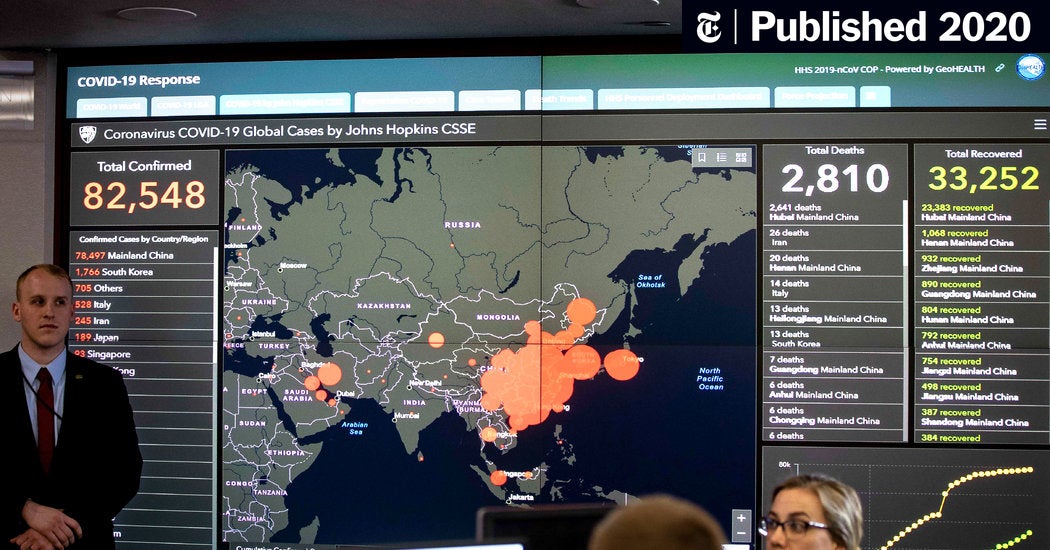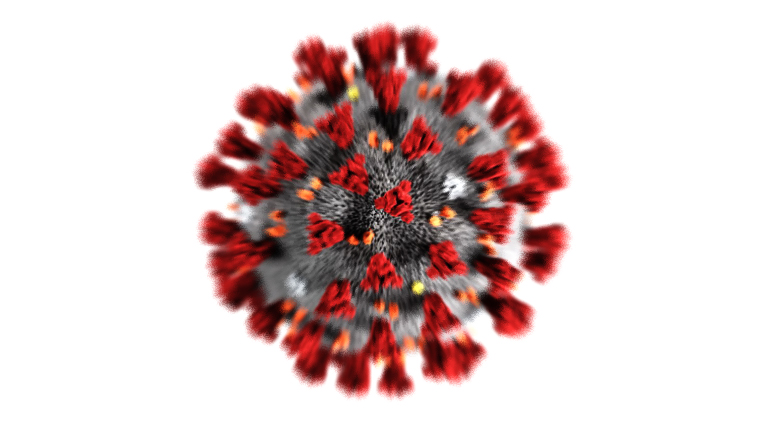Thanks for the ideas and I concur that is a good way to go. We're approaching the end of our second week without going to the grocery store and thinking about what to pick up. [Edit: my wife showed off her new cloth face protector. I told her she can go in by herself this time and I'll wait in the car.I hear you that. The only fresh food we buy are vegetables that can be washed and peeled or ones we intend to cook. No leaf lettuce for us. When we wash we use lots of running water, a little soap, a vegetable brush and when were done a quick spritz of rubbing alcohol. (The alcohol evaporates, so there is no risk of alcohol poisoning.)
In the produce section there are the loose leafy greens in plastic containers that are "triple washed", wonder how those would work out? They're in refrigerated cabinets and as one is taken the next one comes forward so touching of the plastic by human hands would be minimal, but unsure about the contents 'cuz don't know how that is processed.
Would be interesting to put what you did into an actual formula.The math that addresses this risk is conditional probability, that is the math that determines the probability of several events occurring in a sequence or together. ...
Read the "fallacy" link and my neurons aren't what they used to be.The math that addresses this risk is conditional probability, that is the math that determines the probability of several events occurring in a sequence or together. ...
This seems counter intuitive and that's a well known cognitive bias. Humans tend over estimate the probability of two independent (unrelated) events occurring at the same time. This is an example of the conjunction fallacy.
Found this VERY helpful. Also enjoyed the "rebuttal".Hope you find this helpful.
If I was an attorney in a court case I'd be "phrasing my position" by taking into account the conjunction fallacy. And if I was in the jurry I'd be looking out for how the phrasing was used.
Here is a link for everybody:

IHME | COVID-19 Projections
Explore forecasts of COVID-19 cases, deaths, and hospital resource use.
Last edited:





